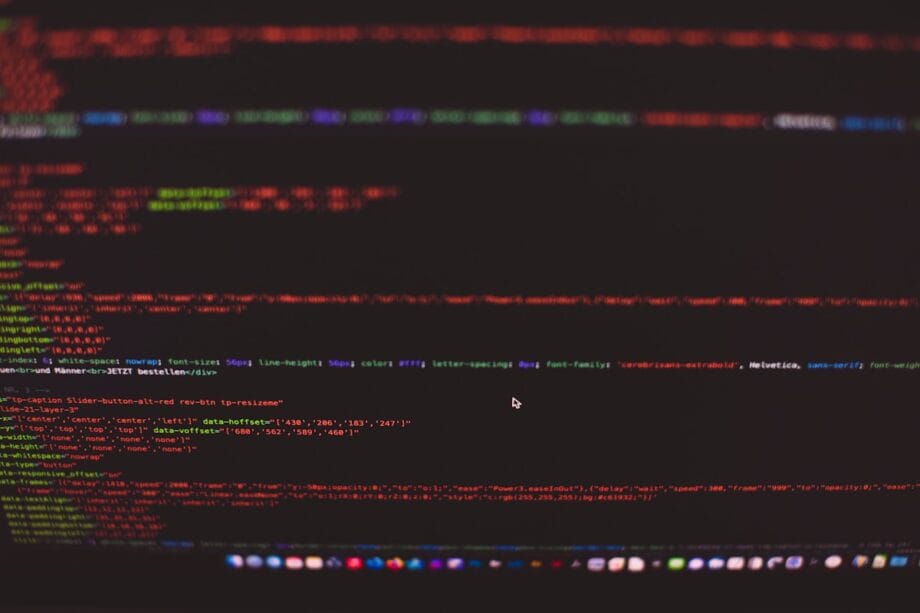The integration of artificial intelligence (AI) within cryptocurrency frameworks has surged in 2025, propelled by its capacity to streamline operations, fortify fraud detection, and automate intricate transactions.
However, this swift adoption has laid bare systemic vulnerabilities, engendering a paradox where the very technology that heralds efficiency simultaneously jeopardizes the security of crypto systems.
For investors, the implications are dire: AI’s dual function as both an instrument and a target in the ongoing cybersecurity arms race necessitates a thorough reevaluation of associated risks.
AI-Induced Security Challenges in Cryptocurrency Infrastructure
The foremost risks arise from AI’s ability to facilitate increasingly sophisticated cyberattacks. A report from Chainalysis reveals that more than $2.17 billion has been pilfered from cryptocurrency services in 2025, with AI-related exploits soaring by an astonishing 1,025%, attributable to insecure APIs and susceptible inference setups.
The Democratic People’s Republic of Korea’s $1.5 billion breach of ByBit—a state-sponsored initiative utilizing AI to infiltrate front-end protocols—illustrates how malicious entities harness machine learning to circumvent conventional defenses.
Such incidents illuminate a critical trend: adversaries no longer rely solely on brute-force tactics; they now employ AI to streamline vulnerability detection, orchestrate phishing schemes, and adapt dynamically to countermeasures.
Simultaneously, the crypto sector’s dependence on open-source software has exacerbated these risks. A 2025 Trend Micro report underscores how flaws in core components such as Chroma DB and NVIDIA’s Triton Inference Server have been manipulated to introduce arbitrary data and compromise Kubernetes environments.
The xz Utils backdoor episode of 2024, which showcased how malevolent code can be surreptitiously integrated into open-source endeavors, has further diminished confidence in the supply chains vital to crypto infrastructure.
The Overlooked Hazard of AI-Generated Code
In addition to external threats, the internal repercussions of AI adoption are equally troubling. Coinbase, a frontrunner in crypto infrastructure, now attributes 40% of its codebase to AI-generated tools, a figure projected to exceed 50% by October 2025.

While this augments productivity, it ushers in a “tsunami of security vulnerabilities,” as AI tools frequently replicate outdated or insecure programming patterns gleaned from their data training.
A 2025 GenAI Code Security Report by Veracode indicates that 45% of AI-generated code contains vulnerabilities listed in the OWASP Top 10, including cross-site scripting and log injection, in stark contrast to 15-20% in human-written code.
This predicament is compounded by a lack of contextual awareness: AI instruments produce code without a comprehensive understanding of the system architecture, leading to subtle yet critical flaws in areas such as private key management and smart contract logic.
For instance, a fintech startup’s AI-generated code inadvertently circumvented authentication checks, culminating in a significant data breach. In cryptocurrency systems, parallel oversights could facilitate unauthorized transactions or the expropriation of private keys, which accounted for 80% of losses in 2025.
Investment Risks and Mitigation Strategies
The financial and operational ramifications of these risks for investors are profound. The talent gap in AI—AI-exemplified by a 21% annual increase in job postings for AI specialists since 2019 against a backdrop of lagging supply—creates a bottleneck in securing AI-enhanced systems.
Compounding this issue, U.S. tariffs on AI hardware have escalated costs by 10-30%, disproportionately impacting smaller enterprises that lack the capital to absorb these hikes.
Energy demands further strain budgets, as AI mega-data centers are forecasted to triple the U.S. power grid requirements by 2028, thereby resulting in a mismatched cadence between infrastructure development and deployment timelines.
To mitigate these risks, enterprises must adopt a zero-trust architecture, prioritize comprehensive audits of both peer and AI-generated code, and assimilate static analysis tools into their operational workflows.
For example, Coinbase’s recent identification of a vulnerability in its AI coding tool — a “CopyPasta License Attack” that permitted malicious code injection—underscores the critical necessity for ongoing vigilance concerning third-party libraries.
Additionally, governance frameworks must evolve to appropriately address agentic AI systems, which may autonomously execute tasks but lack accountability for potential errors.
In the same way investors carefully evaluate forex and crypto volatility – such as when converting EUR to ETH during unstable market conditions – organizations must approach AI adoption with structured safeguards to manage systemic risks effectively.
Conclusion
The intersection of AI and cryptocurrency infrastructure in 2025 presents a double-edged sword: while AI enhances operational efficiency and threat detection, its inherent vulnerabilities, coupled with the escalating sophistication of adversarial attacks, usher in unprecedented risks.
For investors, the imperative is clear: the adoption of AI within high-security technology firms must be counterbalanced by fortified governance, energy resilience, and a steadfast commitment to secure coding practices.
As the industry grapples with these multifaceted challenges, the ability to harmonize innovation with security will dictate not only the survival of cryptocurrency platforms but also the broader trust in the digital finance ecosystem.
Source:
- 2025 Crypto Crime Mid-Year Update,
- AI Coding Tool Used by Coinbase Exposes Firms to Self-Spreading Malware,
- The Hacken 2025 Half-Year Web3 Security Report Is Out,
- AI-Generated Code in 2025: The Silent Security Crisis,
- AI, State Actors, and Supply Chains.
Source link: Ainvest.com.






